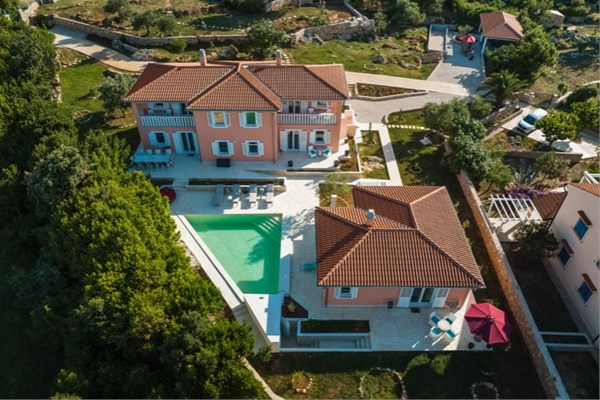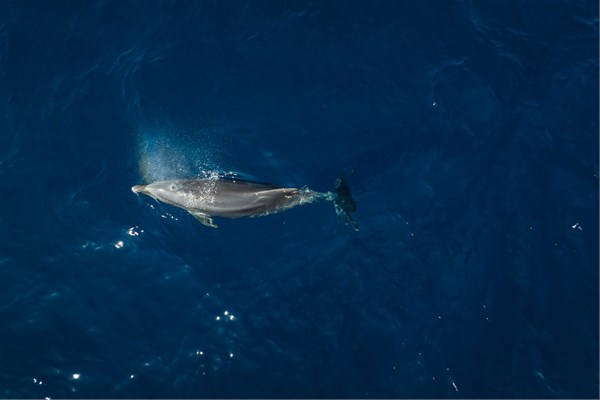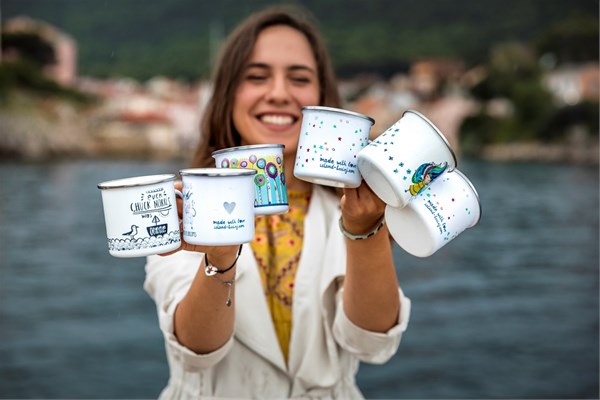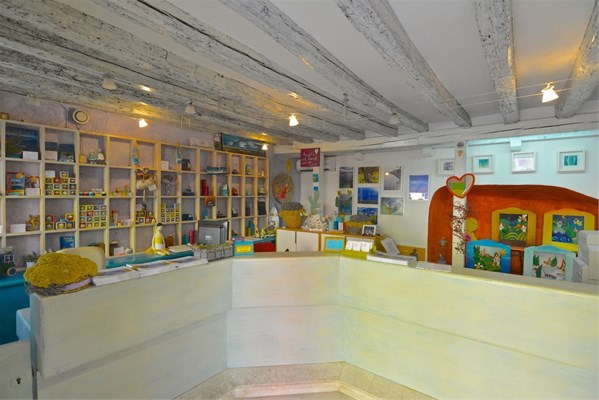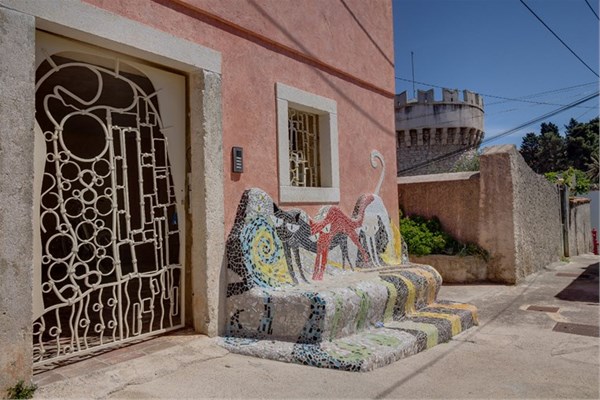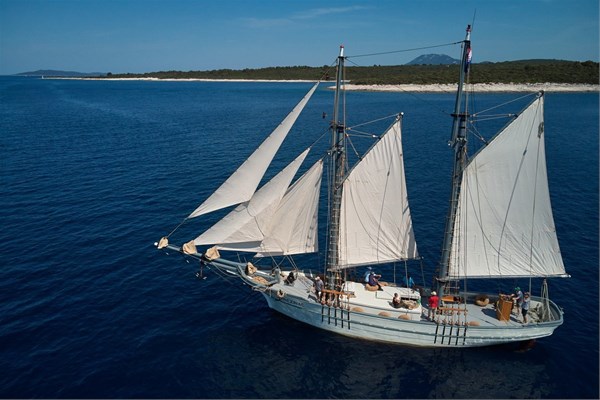The First Gust of the Bora on Lošinj
Discover why Lošinj smells special after the first awakening and how nature and the sea influence the island's unique aromas.
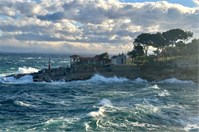
The first gust of the bura (bora wind) on Lošinj brings a sudden change in the air that visitors feel the moment they step onto the promenade: a sharp, crystal-clear breath of the northeasterly wind carrying the scent of the sea, pines, and Mediterranean herbs. This natural fragrance is not a romantic coincidence, but the result of a precise interplay of meteorology, botany, and the sea on the island of Lošinj, known for its vitality and harmonious nature.
What the Bora Does to the Air
The bura is a strong, dry, and cold wind that pushes air from the mainland toward the sea. On Lošinj, it feels like an abrupt shift: humidity drops, visibility improves, and the air becomes light and crisp. In the hours following the first bura, the atmosphere seems “washed clean” of the lingering scents of late summer and autumn. The wind disperses the layer of sea mist and breaks up fine particles, leaving behind a pervasive sense of freshness. This dryness enhances the sensitivity of the nose, allowing finer nuances of aromatic compounds to stand out—so the scents of nature appear clearer and more intense than before.
Aromatic Plants as the Source of Fragrance
Lošinj’s vegetation is low and resilient, adapted to sun and wind, forming part of the island’s natural beauty. Sage, rosemary, immortelle, myrtle, heather, and pines produce essential oils that define the island’s distinctive aroma. The role of the bura is to lift these volatile substances from the plants and spread them through villages, coves, and walking paths. After warm and humid periods, the first dry gusts more easily detach microscopic droplets and carry them afar, creating a mosaic of Lošinj’s scents: grassy notes from dry-stone walls, resinous pine from the forest, and spicy rosemary from the shore. Thus, a layered fragrance emerges—one that feels “new” to visitors, though it’s really a pure, intensified blend of familiar plant aromas given sharper character by the bura.
The Sea, Salt, and Marine Droplets
As waves crash under the force of the wind, the sea releases tiny droplets that carry traces of salt and minerals. On Lošinj, this salty note harmonizes perfectly with the plant aromas, creating the impression that “the air smells like the sea.” The bura amplifies the spread of these marine aerosols, yet because it’s a dry wind, it doesn’t clog the nostrils or leave a heavy, saturated feeling. Instead, visitors perceive clear, distinct tones—salt, pine, dry grass, sage. When the bura follows a period of rain, the ground is clean, free of dust and stale particles that would otherwise dull the scent; the sea and plants then “speak” their story without background noise.
Why the First Gust Is Special
Before the first strong bura, the island often carries the remnants of summer and early autumn—warmth, higher humidity, and the mixed scents of cooking, traffic, and tourist bustle. The first wave of bura acts like a reset for the senses. The familiar scents of Lošinj suddenly seem transformed, sharpened by dry air and freed from “heavy” notes. At the same time, the bura helps preserve the island’s air purity: it disperses fog, chases away stagnant smells, and reduces moisture retention in lower layers of the atmosphere. This combination of freshness and clarity is what many associate with the island’s vitality—everything appears livelier, with sharper outlines and more vivid colors.
Scents Through the Seasons
In the transition to winter, resinous and grassy notes dominate; spring brings the freshness of new growth and floral overtones. In summer, the warm maestral wind carries the lighter aroma of pine forests and dry maquis shrubs, while autumn before the bura is sweet and dense. The first bura of winter restores transparency: the natural scent becomes linear and pure, highlighting sea salt and aromatic herbs that “speak” more clearly in the dry air.
Where and When to Experience the Change
After the bura reaches its peak, a walk along the coast—from Čikat to Sunčana Uvala, along Lošinj’s beaches, or from Veli Lošinj toward Rovenska Bay and Javorna Cove—reveals the clear, salty scent mingled with pine and tamarisk. In the morning, when the light is cool, the air is still and aromas are most precise; in the afternoon, warmer plant notes emerge as the stone releases stored heat. On the trails leading to viewpoints above Mali Lošinj, the wind blends plant aromas with marine aerosols, creating a shifting experience at every bend. To truly sense the full breadth of Lošinj’s fragrance, one should pause, breathe slowly, and yield to the rhythm of the wind: the bura brings not just a change in weather, but a new definition of the island’s scent.
The bura’s role in preserving this aromatic identity is subtle but constant: it cleanses, dries, and carries, while nature responds with layers of fragrance spreading through coves, pine groves, and stone streets. That is why Lošinj smells different when winter arrives and the first northeasterly wind sweeps the island—each breath a union of sea, plant, and stone that evokes the simple yet powerful vitality of the Adriatic.



